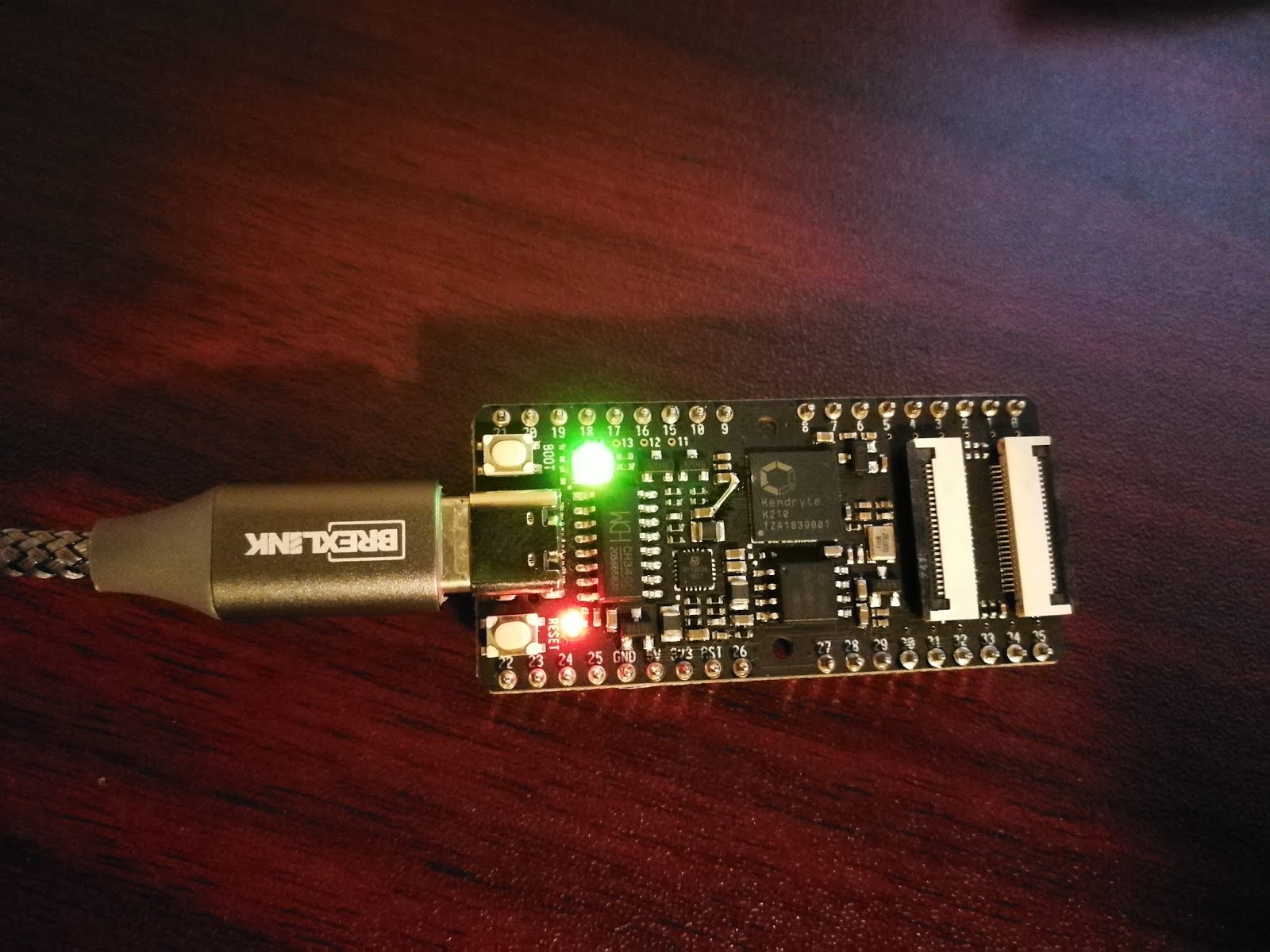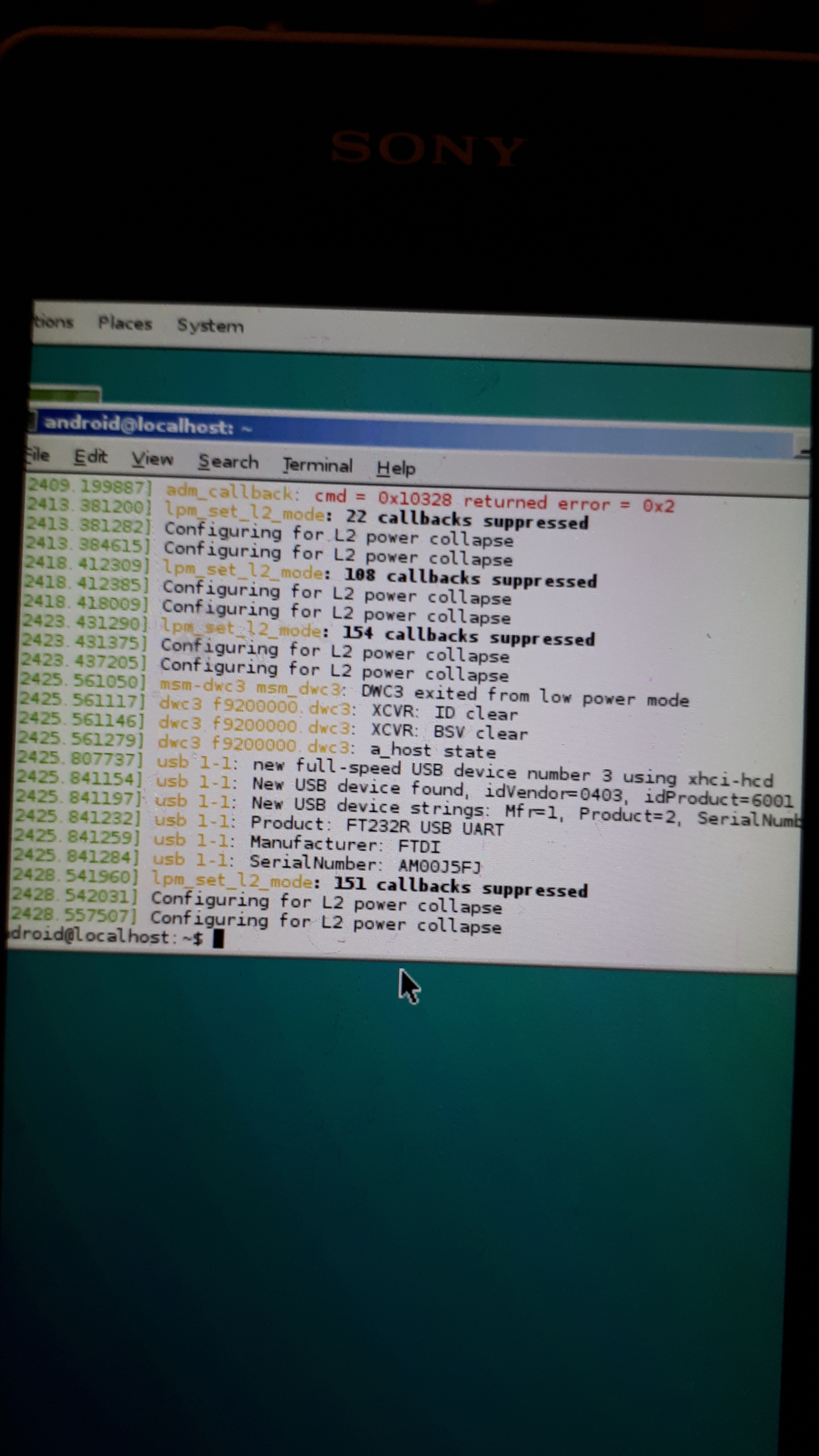

- QINHENG ELECTRONICS HL 340 USB SERIAL ADAPTER LINUX SERIAL
- QINHENG ELECTRONICS HL 340 USB SERIAL ADAPTER LINUX DRIVERS
- QINHENG ELECTRONICS HL 340 USB SERIAL ADAPTER LINUX UPDATE
- QINHENG ELECTRONICS HL 340 USB SERIAL ADAPTER LINUX DRIVER
- QINHENG ELECTRONICS HL 340 USB SERIAL ADAPTER LINUX TRIAL
The receiver will accept voltages from -8V to +12.5V and is ESD protection up to ☑5kV. The MAX485 receiver input has a fail-safe feature that guarantees a logic-high output if the input is open circuit. MAX485 itself is short-circuit current limited and are protected against excessive power dissipation. The circuit board was glued to the bottom on the case, so I could not easily look what is under it (I expect that there is not anything interesting there worth to risk breaking the device.) The description on dx.com page mentions TVS tube protection, but I could not see any such component on the circuit board, so I expect that the product description is not entirely correct in the protection issue: There does not seem to be any protection between outside connections and and MAX485. From the previous test we can conclude that the large IC without markings is the CH340 IC that does USB-serial conversion.
QINHENG ELECTRONICS HL 340 USB SERIAL ADAPTER LINUX DRIVER
Net take a look at what is inside USB to RS485 Adapter – Black + Green adapter:Īs you can see the main components in the device are 74HC00D (TTL logic IC 4xNAND), MAX485 (RS-485 driver IC from Maxim), one large IC with no marking and a clock crystal without markings. Adapters transmitted when they should, and whatever they sent was received by the other end (and not echoed back to transmitter). The automatic data flow control technology seemed to work well. I could send data nicely from computer RS-232 port through STM485S RS232-RS485 and USB to RS485 Adapter – Black + Green adapter to USB. I tested different baud rates from 1200 bps to 115200 bps (the highest speed STM485S RS232-RS485 converter supports) and the communication worked. When everything was properly wired the communication worked well. First I had some problems in the communications, but they turned to be a bad connection on the bus wire.

I tested the communications against STM485S RS232-RS485 converter.

When I downloaded the driver and installed it, things worked well with Windows Vista PC as well. I decided to download the driver directly from manufacturer. With chip name I could easily find that driver for older Windows versions was available from chip manufacturer CH340 page and at DriverGuide. Things worked and I had found the information on chip used in this adapter: CH340. Now the device showed on TeraTerm as COM4: USB-SERIAL CH340 (COM4).
QINHENG ELECTRONICS HL 340 USB SERIAL ADAPTER LINUX UPDATE
The device was identified as USB-SERIAL HC340 and Windows 7 found driver from Windows Update without problems. This time the computer was running Windows 7.
QINHENG ELECTRONICS HL 340 USB SERIAL ADAPTER LINUX DRIVERS
The device did not come with any documentation and web page did to tell tell where to download drivers (or which chip was used), so I was a little bit out of luck in finding the driver. I had earlier installed USB-RS232 adapters made with FTDI and PL-2303 chips, so this product I had used something else. Searching for computer for driver did not find suitable driver. Windows asked for driver installation CD, but I only got the device and no driver CD.
QINHENG ELECTRONICS HL 340 USB SERIAL ADAPTER LINUX TRIAL
No success with first trial on vista: no driver found. I first tried to connect this to my old Windows Vista PC. The device promises to TVS tube protection against over-voltages and USB self-recovery protection.
QINHENG ELECTRONICS HL 340 USB SERIAL ADAPTER LINUX SERIAL
The device promises to support 300-9216000bps baud rate and automatically detect the serial data rate signal. The device supports multipoint communications, standard RS485 feature, allowing connecting up to 32 RS485 interfaces to this converter. The device promises automatic data flow control technology (automatic identification and control data transfer direction) like many modern RS485 adapters have. The terminal for signals is well marked: one pin has D+ and A letters in it the other pin has D- and B letters in it. USB to RS485 Adapter – Black + Green adapter is a simple adapter with USB connector on other end and screw terminal for RS-485 signal wires. There should not be any reason why you could not make a good adapter cheaply? Manufacturing of USB-RS485 adapter should not cost more than making USB-RS232 adapter (the difference is basically just changing the line driver IC and there is not much price difference in them between RS-485 and RS-232). I selected this specifically because of the cheap price (it is considerably cheaper than anything else I have seen for the same purpose). I needed to interface PC to some RS-485 test circuits, so I decided to try this cheap USB to RS485 Adapter – Black + Green adapter for that.


 0 kommentar(er)
0 kommentar(er)
